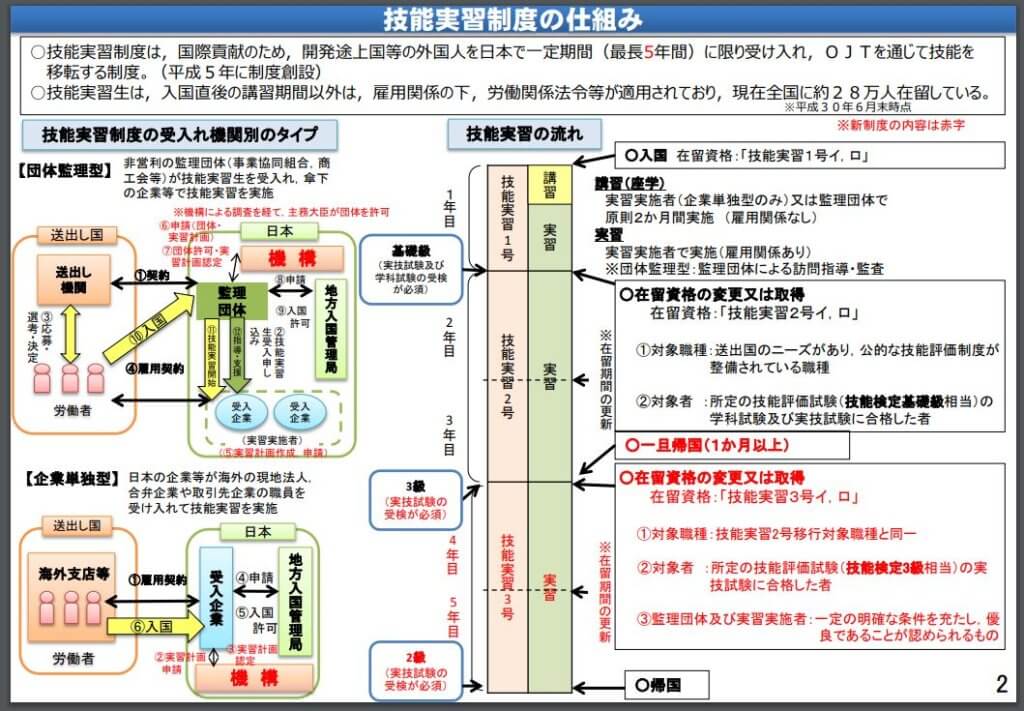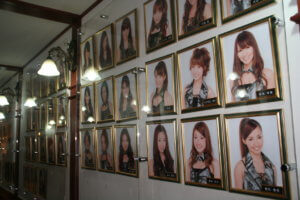What is Japanese Style Presentation?
CONTENTS
The Dynamite Presentation that Backfired
In Japan a dynamite presentation just might backfire. As an interpreter, I have been in many sales presentations. I recall this one meeting between a small American firm and a large Japanese multinational. By American standards, the presentation was sensational. There was lots of white space, lots of photographs, and even a short video clip showing all the happy employees. Unfortunately, it was pretty clear that this company did not have anyone on staff with the skills to put together such a polished presentation. When the lights went up, out of the corner of my eye I could see the Japanese exchanging dismayed glances. Their eyes said, “Are we going to be paying for this? Are they going to be spending money on this kind of thing? Are they always going to puff themselves up?” To the Japanese, if a vendor doesn’t control their own costs, how can they control the cost to the customer?
Focus on the Relationship
Japanese business is much more personal than in the West. If you are going to spend a little extra to sell to the Japanese, use it for relationship-building-- entertaining them, and in simply having your staff spend time with them and get to know them. The Japanese are less impressed with a good-looking PowerPoint presentation than with a prospective vendor who listens to their needs and concerns. Put that extra polish into the human side of the sale, not in glossy sales materials.
Japanese Frugality
Japanese companies do not spend money on technology just for the sake of having the latest thing. If you have ever visited a Japanese office you will see some of the workers using computers that we would consider obsolete. Why invest in a fancy computer for someone whose job basically requires word processing? If the Japanese are going to invest in high tech tools, it will be on the manufacturing floor rather than in the office. Likewise why be over the top with a dazzling presentation?
Typical Japanese Presentations
For many Japanese companies here are some features they share in common. Firstly, there is very little white space except on the title page. The Japanese still print out a good many presentations. Therefore, they try to limit the amount of paper used. For in-house presentations, the ideal format is called the A3 report. Everything is condensed onto a piece of paper roughly 11” X 17”. I am are not suggesting that you do this for a sales presentation, but be aware that the Japanese are not impressed by too much white space.

Japanese like to take a holistic view of a process, and like to see slides that show how all the pieces fit together. They would like to see the table of contents. They would like to see charts of data. It is a good idea to have visuals of processes, preferably showing timelines and progression over time, as in Step 1, Step 2, and Step 3. A Japanese presentation will often have thumbnails of the entire process on the top of each slide, to show where one step fits into the entire process.
Persuasive Points
The Japanese would like to know the age of your company and its track record. The longer the company has been in business the better. If your employees have long terms of service, point it out. This shows stability and profitability over time. Let them know the names of your big customers, especially well known ones and Japanese companies. This is the time to display all of your awards and certifications -- ISO, “Vendor of the Year” from major customers, green awards, etc. Let those certificates advertise your achievements. The Japanese are suspicious of the hard sell. Rather than telling them how great you are, show yourself to be open to adapting to their preferences. Spend your time together listening to them rather than blowing your own horn.
Perfection
Everything presented must be backed up by data. Make sure that the person who is presenting understands the details. Do not be in the position of saying, “I’m sorry. I really don’t know what this slide is about.” There must be no spelling errors. And you can count on Japanese customers to check all of the calculations and point out discrepancies. Make sure you have your sales “story” and your team on the same page before you start your meeting.
Send Your Materials to Japan in Advance
You get no extra points for working on the presentation up to the very minute the meeting starts, and springing it on the Japanese with a flourish. The less new information they have to deal with on the spot, the better. This kind of preliminary process is part of “nemawashi.” Many people on the Japan side will need to digest the presentation and prepare for the meeting, not just the individuals you meet. The more opportunity you give them to discuss things in advance the more likely you are to have productive discussions during your meeting. There should be no surprises, even good ones.
Assigned Contact Person
One of the most important things the Japanese look for in a vendor is a consistent contact person who is available and reliable, and who is in it for the long-term. Choose this person carefully. Patience, persistence and tolerance are important. Knowing Japanese is a plus, but not absolutely necessary. Ideally, this person should already have a good track record of positive experience with Japanese. I stress positive interaction with the Japanese. This is not a position for an “old Japan hand.” This is not for the person who is cynical or thinks they have had a bad experience with the Japanese and the company will too.
Naturally, I recommend having your contact person get in-depth intercultural training in advance of approaching the Japanese if at all possible. When you think of all the time, effort and money that goes into attracting new customers, spending a day or two learning what makes those prospects tick seems like a small price to pay. Investing in the human side of your sales efforts will be much more effective than polishing a dynamite presentation.
See the related article: Japanese are not used to make a presentation



One thought on “What is Japanese Style Presentation?”